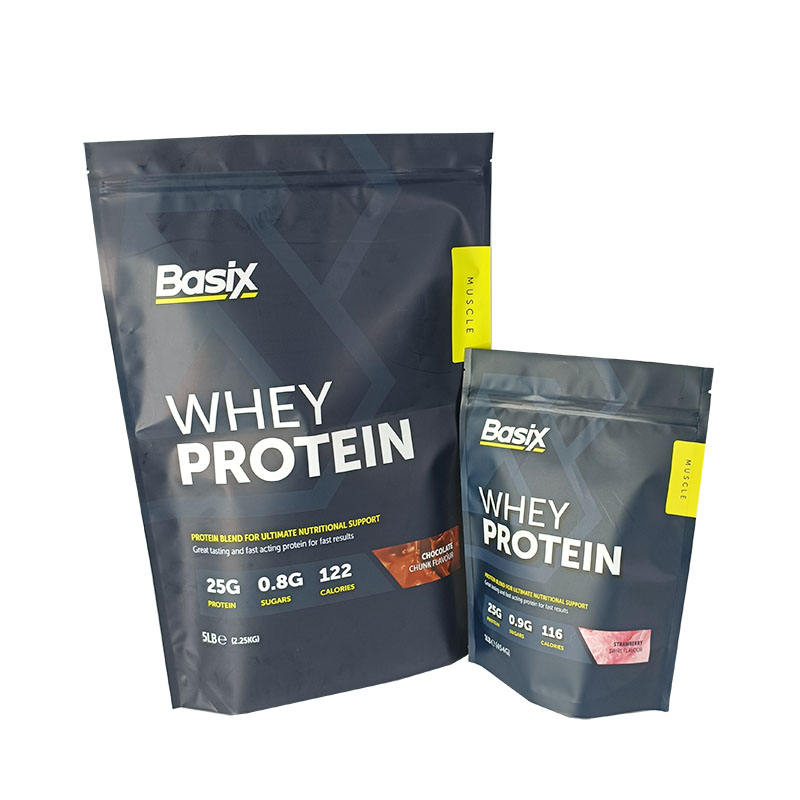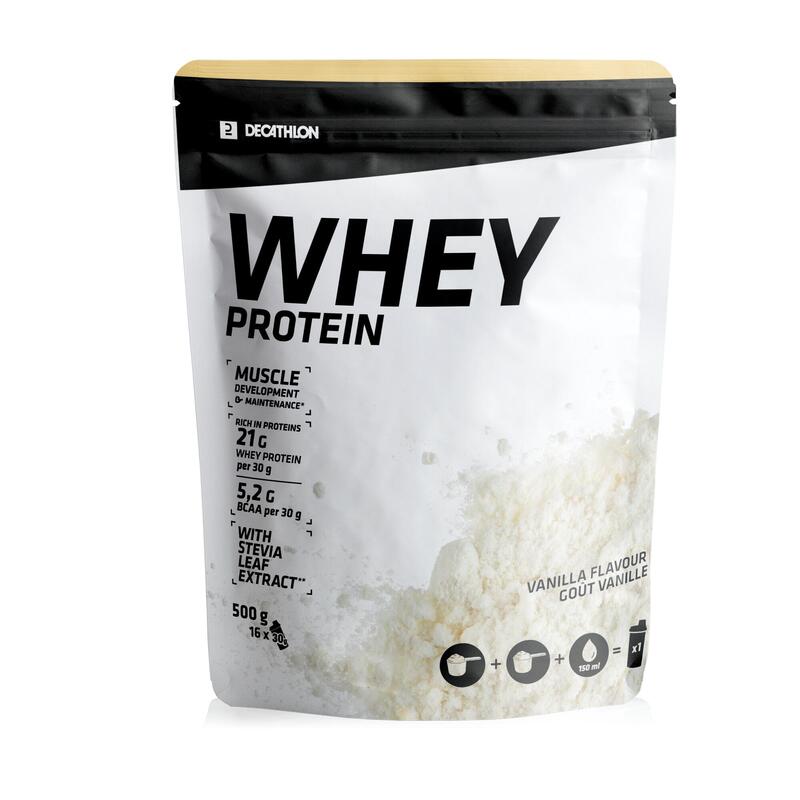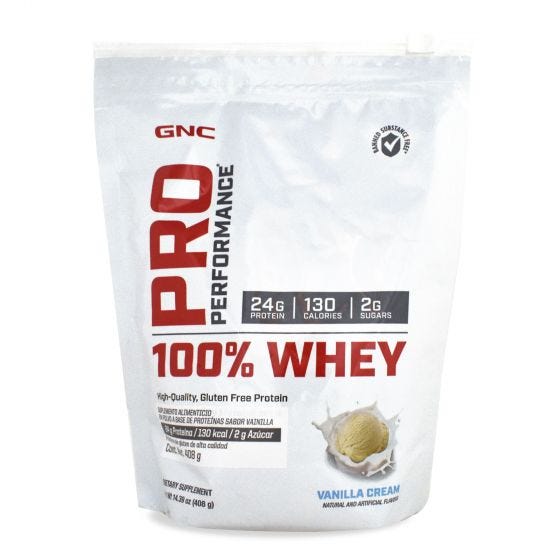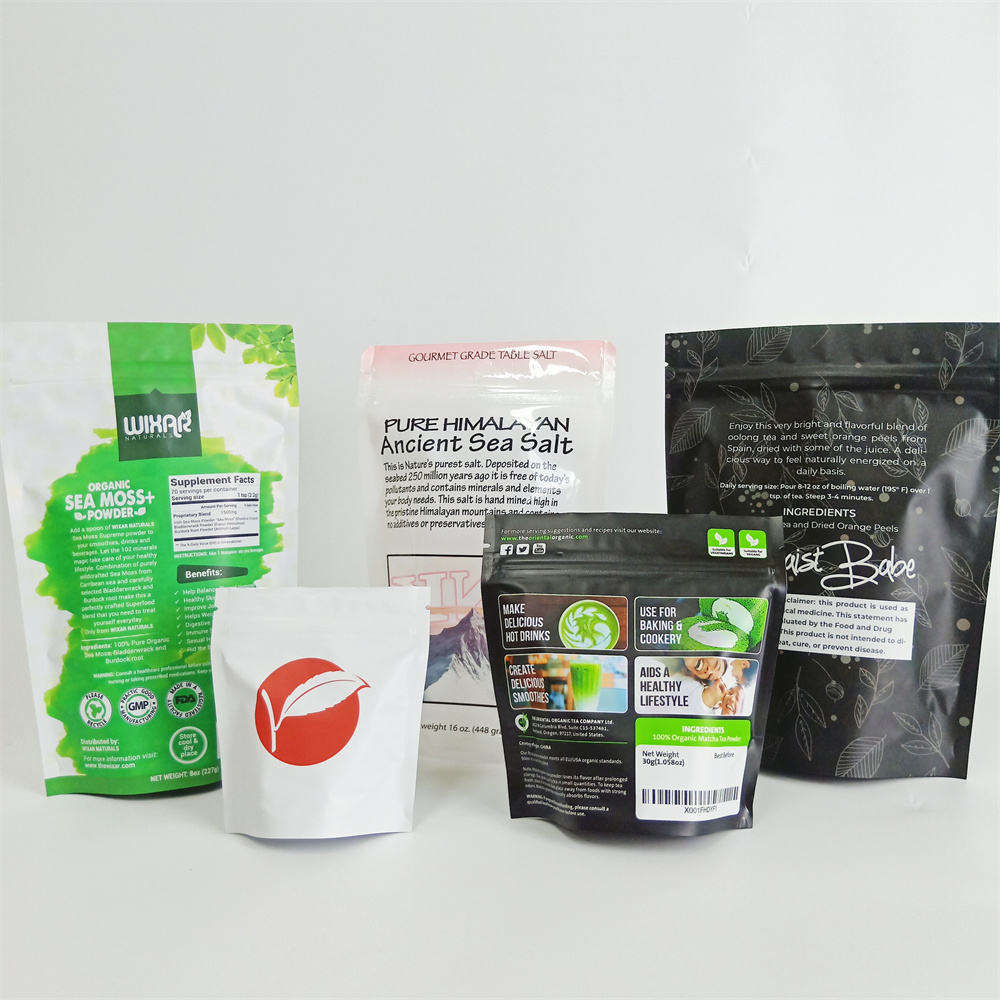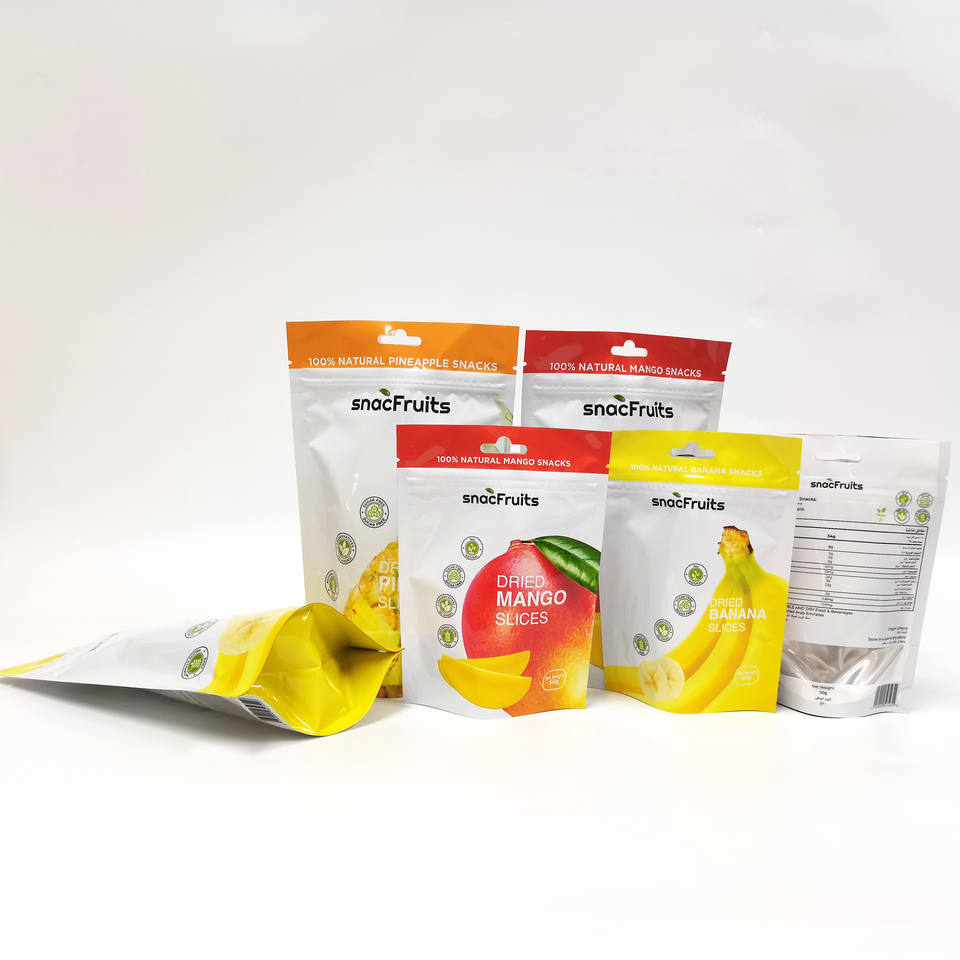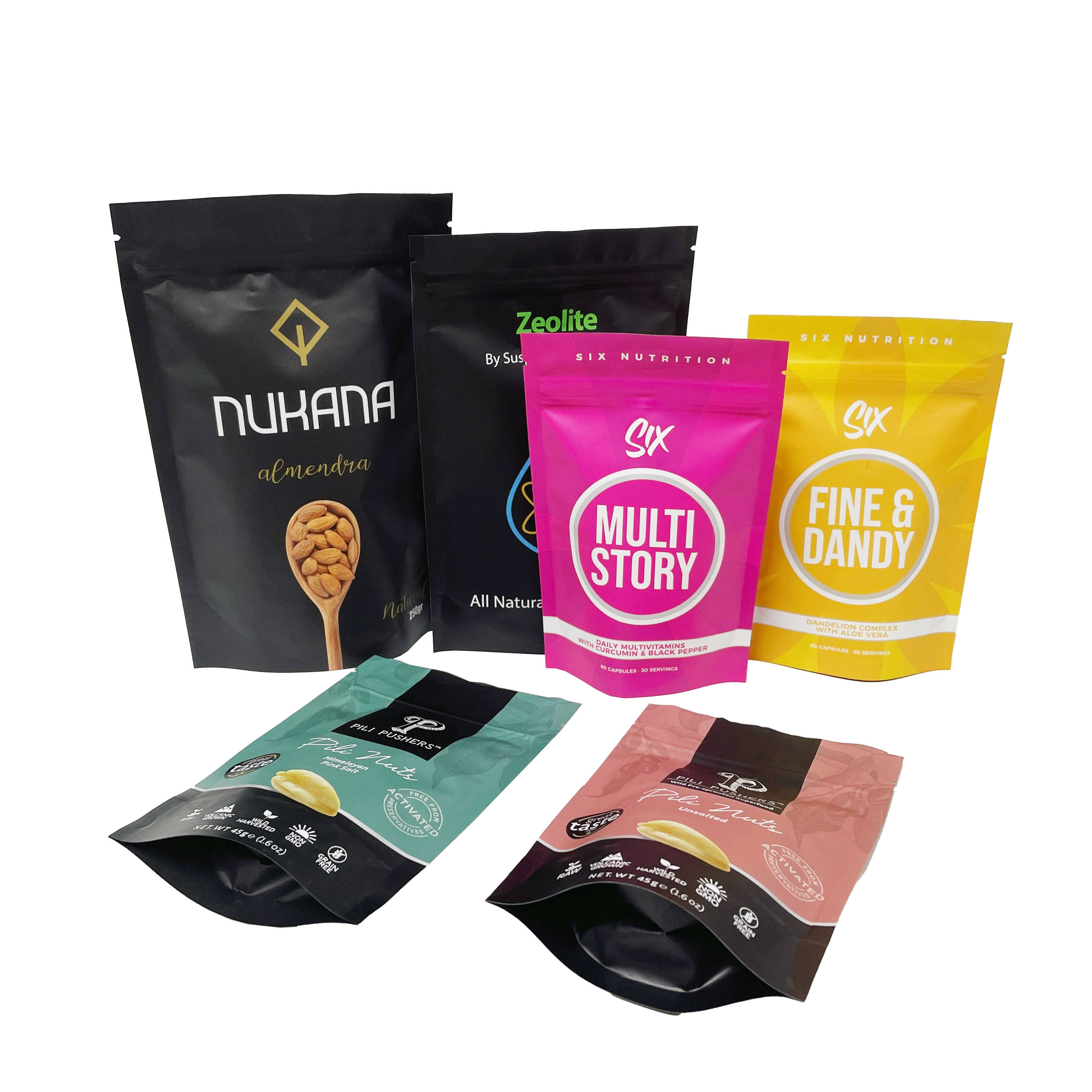When we go shopping in supermarkets, we see a wide range of products with different kinds of packaging. To food attached to the different forms of packaging is not only to attract consumers through the visual purchase, but also to protect the food. With the advancement of food technology and the upgrading of consumer demand, consumers have more expectations and requirements for food packaging. In the future, what trends will there be in the food packaging market?
- Safety packaging
People are food, food safety is the first. "Safety" is an important attribute of food, packaging needs to maintain this attribute. Whether the use of plastic, metal, glass, composite materials and other kinds of food safety material packaging, or plastic bags, cans, glass bottles, plastic bottles, boxes and other different forms of packaging, the starting point needs to ensure the freshness of the packaged food hygiene, to avoid direct contact between food and the outside environment, so that consumers can eat safe and healthy food within the shelf life.
For example, in gas packaging, nitrogen and carbon dioxide and other inert gases instead of oxygen, can slow down the rate of bacterial reproduction, at the same time, the packaging material must have a good gas barrier performance, otherwise the protective gas will be quickly lost. Safety has always been the basic elements of food packaging. Therefore, the future of the food packaging market, still need to better protect the food safety of the packaging.
- Intelligent packaging
With some high-tech, new technologies into the food packaging industry, food packaging has also appeared intelligent. In layman's terms, intelligent packaging refers to the environmental conditions through the detection of packaged food, providing information on the quality of packaged food during circulation and storage. Mechanical, biological, electronic, chemical sensors and network technology into the packaging materials, technology can make ordinary packaging to achieve many "special functions". Commonly used forms of intelligent food packaging mainly include time-temperature, gas indication and freshness indication.
Consumers shopping for food can judge whether the food inside is spoiled and fresh by the change of the label on the package, without looking for the production date and shelf life, and without worrying about spoilage during the shelf life, which they have no way to detect. Intelligent is the development trend of the food industry, food packaging is no exception, with intelligent means to optimize the consumer experience. In addition, intelligent packaging is also reflected in the product traceability, through the smart label on the food packaging, sweep can trace the important aspects of product production.
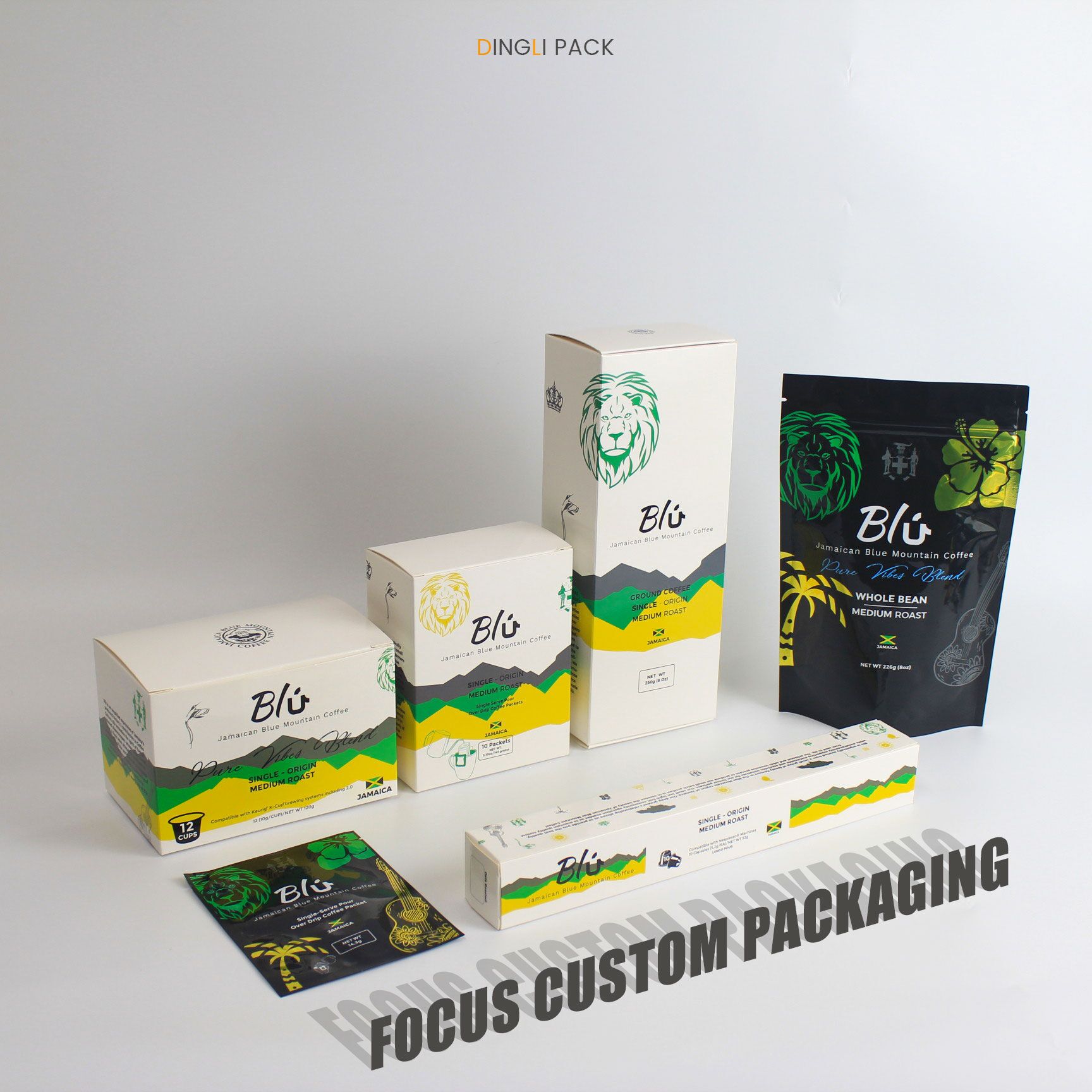
- Green packaging
Although food packaging provides a safe, convenient and storage-resistant solution for the modern food industry, most food packaging is disposable, and only a small percentage of packaging can be effectively recycled and reused. Food packaging abandoned in nature brings serious environmental pollution problems, and some are scattered in the ocean, even threatening the health of marine life.
From the domestic large-scale professional packaging exhibition (Sino-Pack, PACKINNO, interpack, swop) is not difficult to see, green, environmental protection, sustainable attention. Sino-Pack2022/PACKINNO to "intelligent, innovative, sustainable" as the concept The event will feature a special section on "Sustainable x Packaging Design", which will be refined to include bio-based/plant-based recycled materials, packaging engineering and lightweight design, as well as pulp molding to enable new environmental protection. interpack 2023 will feature a new theme of "Simple and Unique", as well as "Circular Economy, Resource Conservation, Digital Technology, Sustainable Packaging". The four hot topics are "Circular Economy, Resource Conservation, Digital Technology, and Product Safety". Among them, "Circular Economy" focuses on the recycling of packaging.
At present, more and more food enterprises began to start packaging green, recyclable, there are dairy products companies to launch non-printed milk packaging products, there are enterprises with sugar cane waste made of packaging boxes for moon cakes ...... more and more companies use compostable, naturally degradable food packaging materials. It can be seen that in the food packaging industry, green packaging is an inseparable topic and trend.
- Personalized packaging
As mentioned earlier, the different forms, a wide range of packaging to attract different consumers to buy. Small supermarket shopping found that food packaging is increasingly "good-looking", some high-end atmosphere, some gentle and beautiful, some full of energy, some cartoon cute, to meet the personalized needs of different consumers.
For example, children are easily attracted by the various cartoon images and beautiful colors on the packaging, the fresh fruit and vegetable patterns on the beverage bottles also make it seem healthier, and some food packaging will be the product's health care functions, nutritional composition, special / rare materials to highlight the display. As consumers are concerned about food processing processes and food additives, businesses also know how to display such things as: instant sterilization, membrane filtration, 75° sterilization process, aseptic canning, 0 sugar and 0 fat, and other places that highlight their characteristics on the food packaging.
Personalized food packaging is more prominent in the net food, like the hot Chinese pastry brands, milk tea brands, Western bakeries, ins style, Japanese style, retro style, co-branded style, etc. in recent years, through the packaging to highlight the brand personality, catch up with the new generation of fashion trends to attract young consumers.
At the same time, personalized packaging is also reflected in the packaging form. One person food, small family model, making small packaging food popular, condiments do small, casual food do small, even rice also has a meal, a day food small packaging. Food companies are increasingly focused on different age groups, different family needs, different spending power, different consumption habits of personalized packaging, constantly subdividing consumer groups, refining product classification.
Food packaging is ultimately about meeting food safety and ensuring food quality, followed by attracting consumers to buy, and ideally, ultimately being environmentally friendly. As times develop, new food packaging trends will emerge and new technologies will be applied to food packaging to meet the ever-changing consumer needs.
Post time: Feb-04-2023

